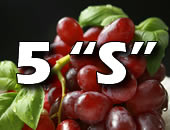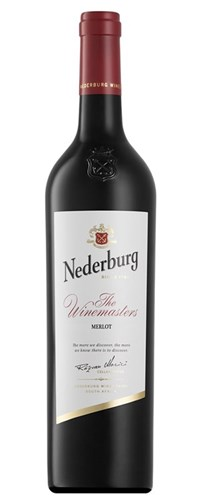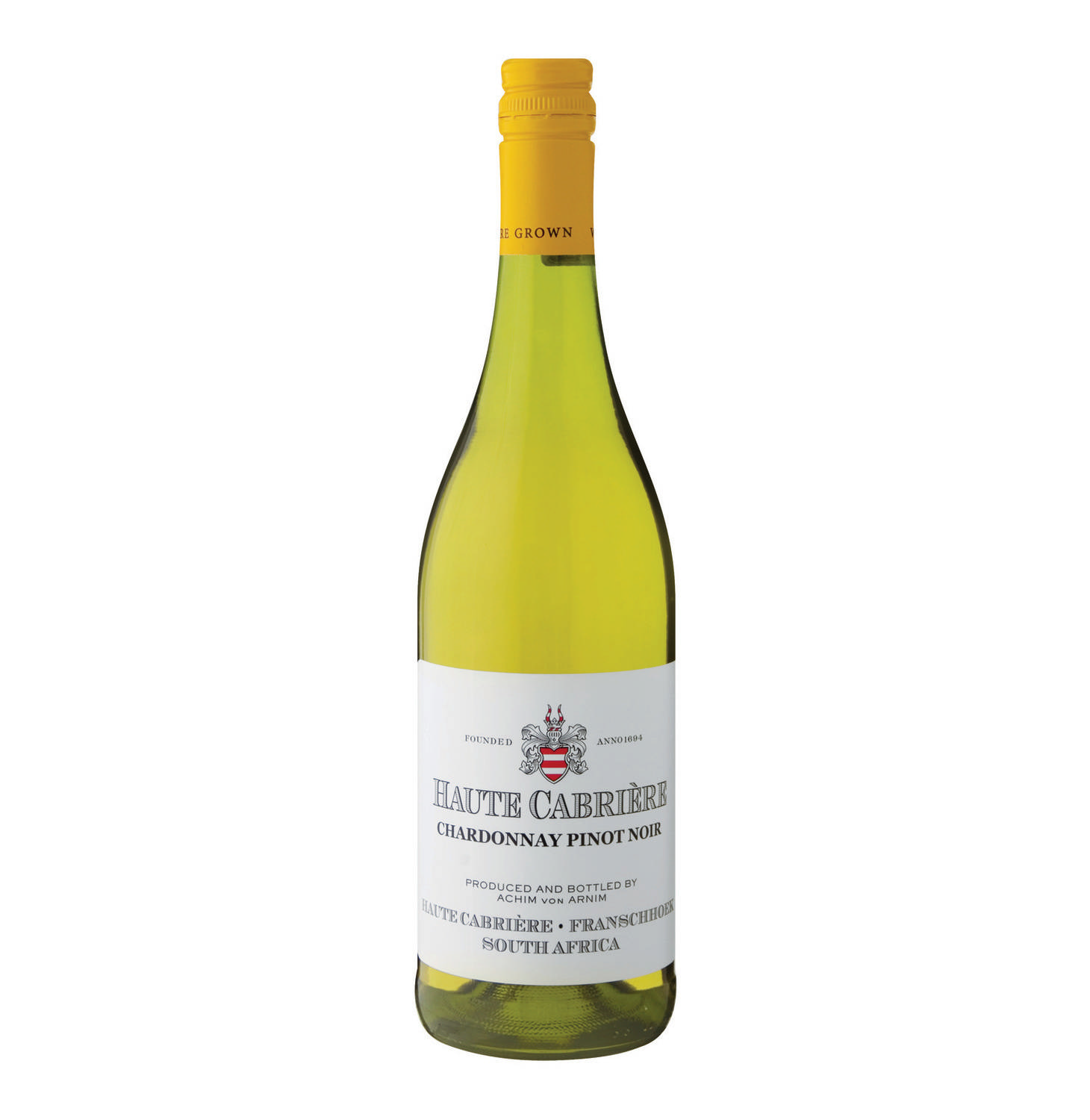| Appearance | |
 |
Wine tasting is an ancient art which has become a formal part of wine making since the 14th century. This subtle experience involves the finer human senses like sight, smell and taste. |
| Aroma | |
 |
The most important stage in wine tasting is the process of determining the aroma or ‘the nose’ as it is often called. This stage involves two distinct processes; swirling and evaluation. |
| In Mouth Sensations | |
 |
The third stage of wine tasting involves assessing the sensations created by the wine in the mouth. If you take a small sip and then roll the wine around in the mouth for a while, the three main sensations that you’d register would be the taste, texture and aroma.
|
| Tasting Finish | |
 |
After completion of the assessment of the wine based on its flavor and texture, comes the fourth and final stage of wine tasting – the finish. This stage is different from the previous three stages in the sense that it is less subjective – most expert tasters would concur on the finish of the wine.
|
| Wine Tasting Notes | |
 |
If you want to convert your wine tasting experiences into learning sessions where you grasp the subtleties of various properties of wines and gather knowledge about the different aspects of tasting wines, then start taking notes. Maintain a journal if possible and note down all your observations.
|
| Blind Tasting | |
 |
Blind wine tasting is a process that is used to elicit a totally unbiased opinion from a wine taster. During this process the wine taster is not influenced by any factor like the origin of the wine, its producer, age or vintage or its price. Some people have a tendency to favor certain wine producers while some believe that a higher priced wine is definitely better. Blind tasting eliminates these factors and the taster gives a genuine opinion on the quality of a wine. |
| Serving Temperature | |
 |
Wine serving temperature has a significant impact on the outcome of wine tasting. The maintenance of correct temperature while serving a wine is also vital when you are drinking it. Wine serving temperature has a marked effect on the taste of a wine. The old belief that white wines should be served chilled and red wines should be served at room temperature seems to be quite sensible but it is not entirely true. |
| Wine Colour | |
 |
In wine tasting, the color of the wine helps the expert to determine the distinctive characteristics of a wine. The wine color is derived from the grapes and it varies from wine to wine.
|
| The Five "S" Steps of Wine Tasting | |
 |
See, Swirl, Sniff, Sip and Savor Wine tasting establishes the quality of the wine, in relation to its region of origin, vintage, price of comparable wines and unique characteristics. The wine taster puts a wine through five steps of evaluation
|
| Characteristics | |
 |
The combination of sensations created by a wine is assessed by the wine taster during wine tasting. The taster checks if the characteristics of the component grape varieties are exhibited by the wine. Apart from the varietal qualities, the taster looks for harmony and expressiveness in the wine
|
| Cork Versus Screw | |
 |
Wine bottles have traditionally been sealed with corks but this has increasingly created problems especially during wine tasting. Natural corks have some advantages but they tend to get infected very easily. These fungal infections are passed on to the wine and its quality gets bad as the fungus contaminates it.
|
| Grape Varieties | |
 |
Wine tasting is such a heady experience, not least due to the fact that there are numerous varieties of grapes from which wines are made. Wine tasting does not have to be mysterious, elaborate or something that anyone can’t try.
|




